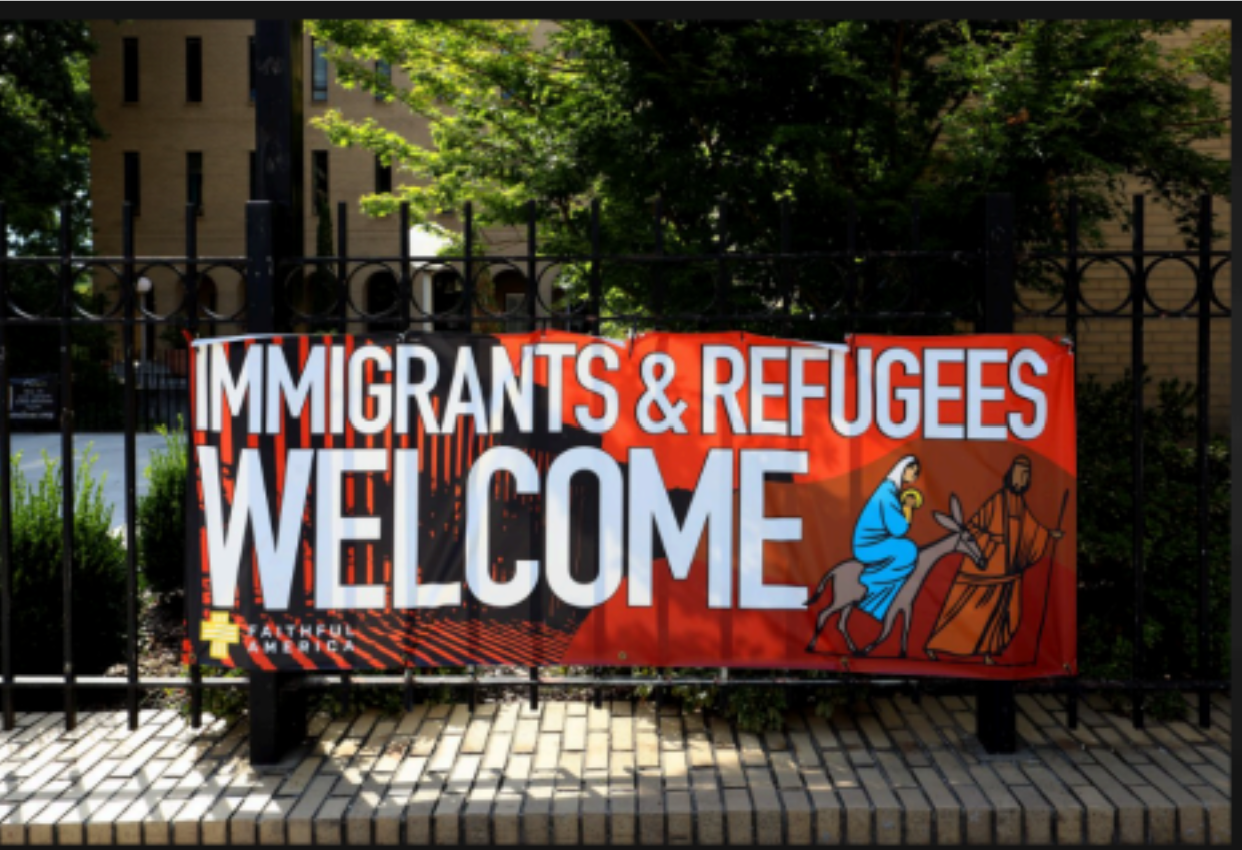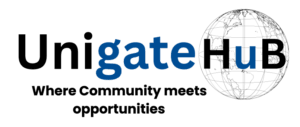By Eric Ruvuna, Ph.D., Unigate HuB President
Immigrants have always been the backbone of the United States, driving its growth and diversity. Yet, behind the success stories lie significant struggles that these individuals face daily. This article delves into the hurdles immigrants and refugees encounter, focusing on language barriers and digital illiteracy, and highlights the importance of addressing these issues for a brighter future.
One way to measure the contribution of immigrants to the U.S. economy is by accounting for the wages and salaries they earn, along with the income generated by immigrant-owned businesses, as a share of all wages, salaries, and business income during a specified period. For the United States as a whole, immigrants’ share of the total amount was $2.1 trillion in 2024 dollars Immigrants and the economy | Economic Policy Institute
If immigrants’ struggles can be reduced, their contribution to the U.S. economy could surely increase. Therefore, this article reviews some of the struggles immigrants and refugees encounter in the U.S.

Starting a new life in the United States presents immigrants and refugees with various struggles, such as finding employment, driving, communication, accessing education and health care, computer illiteracy, navigating housing opportunities, and obtaining various resources. This article discusses two struggles that the author considers paramount: language and communication barriers and digital illiteracy.
Language and Communication barriers
The majority of migrants entering the United States do not speak English, and many are often illiterate, which hinders their ability to thrive and profoundly affects all aspects of their lives.
Nearly 75,000 foreign nationals migrate to the US annually for better opportunities (How Do Language And Cultural Barriers Make It Difficult For Immigrants?). The Migration Policy Institute (MPI) reports that more than 25 million people living in the United States in 2019 were Limited English Proficient (LEP) (A Framework for Language Access). Most of these individuals were immigrants, of whom 8.4 million were naturalized citizens, while approximately.
4.8 million were U.S.-born. For newcomers, established immigrants, and citizens alike, language barriers can create significant struggles to integrating into American society and accessing essential public services, available resources, and institutions such as schools, health care, police and fire departments, and the legal system.
In 2000, President Clinton issued Executive Order 13166 to enhance access to services for individuals with limited English proficiency (LEP). This order aimed to expand and ensure meaningful access for LEP individuals seeking assistance from federal agencies and all activities funded by the federal government (A Framework for Language Access).
According to the MPI, only 57 percent of working-age immigrants with limited English proficiency participate in the labor force, compared to 76 percent of their English-proficient peers. Furthermore, children in immigrant families often face academic struggles due to a lack of adequate language support, which can hinder their long-term educational and economic prospects.
This disparity points to the need for targeted educational programs and resources that can bridge the language gap. By investing in language acquisition and support services, communities can empower immigrant families, fostering greater integration and enhancing their overall quality of life.
Digital Illiteracy
Digital illiteracy is the inability to find, create, and share information using a desktop, laptop, tablet, or smartphone. According to the National Skills Coalition, 92 percent of jobs in the United States now require digital literacy, defined as the ability to find, create, and share information using digital media platforms. Forty percent of immigrants lack the basic computer skills they need to utilize a computer (Close the Digital Equity Gap by Upskilling Immigrants &Refugees — EnGen).
A study of Shijie Gai on the “impact of the digital divide on immigrant communities in the US” radically concluded that immigrants encounter struggles in work, education, healthcare, and socialization due to limited digital literacy and language barriers (The Impact of Digital Divide on Immigrant Communities in the US | Research Archive of Rising Scholars). This situation is especially troubling, considering the widespread availability of technological resources for most Americans. There is a strong need for targeted interventions to address these common barriers while promoting a more inclusive and equitable society for all.
A call to action
After examining the significant struggles immigrants and refugees face, the author strongly urged collaborating with other stakeholders to address these issues. This effort aims to enhance these individuals’ socio-economic contributions to the U.S. economy and improve their overall quality of life. By fostering collaboration among community organizations, government agencies, and the private sector, we can develop comprehensive programs that empower these individuals and help them integrate successfully into society.
References
- Jacob Hofstetter, Margie McHugh, Anna O’Toole (2021), A Framework for Language Access: Key Features of U.S. State and Local Language Access Laws and Policies
- Close the Digital Equity Gap by Upskilling Immigrants and Refugees, https://getengen.com/blog-posts/close-the-digital-equity-gap-by-upskilling-immigrants-a mp-refugees
- How Do Language and Cultural Barriers Make it Difficult for Immigrants? https://mc-lawgroup.com/how-do-language-and-cultural-barriers-make-it-difficult-for-im migrants/

